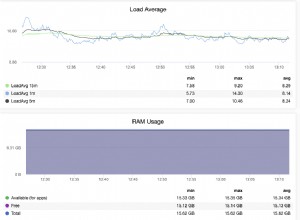Już prawie jesteś, oto uproszczona wersja:
<?php
$sql = "insert into `users` (`username`,`password`) values (?, aes_encrypt(?, ?))";
$stmt = $this->pdo->prepare($sql);
// Do not use associative array
// Just set values in the order of the question marks in $sql
// $fill_array[0] = $_POST['username'] gets assigned to first ? mark
// $fill_array[1] = $_POST['password'] gets assigned to second ? mark
// $fill_array[2] = $DBKey gets assigned to third ? mark
$fill_array = array($_POST['username'], $_POST['password'], $DBKey); // Three values for 3 question marks
// Put your array of values into the execute
// MySQL will do all the escaping for you
// Your SQL will be compiled by MySQL itself (not PHP) and render something like this:
// insert into `users` (`username`,`password`) values ('a_username', aes_encrypt('my_password', 'SupersecretDBKey45368857'))
// If any single quotes, backslashes, double-dashes, etc are encountered then they get handled automatically
$stmt->execute($fill_array); // Returns boolean TRUE/FALSE
// Errors?
echo $stmt->errorCode().'<br><br>'; // Five zeros are good like this 00000 but HY001 is a common error
// How many inserted?
echo $stmt->rowCount();
?>




